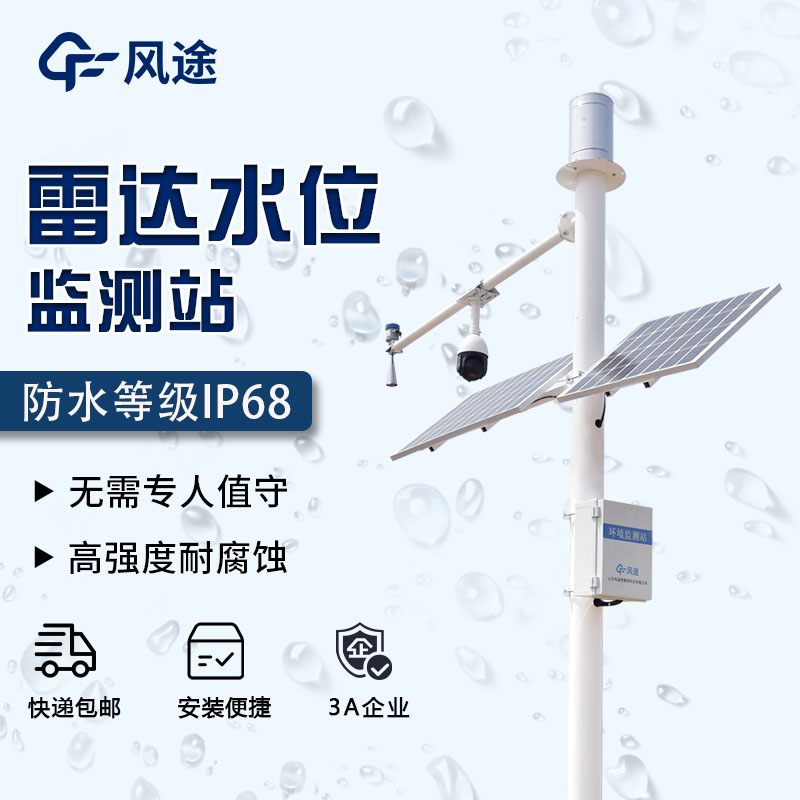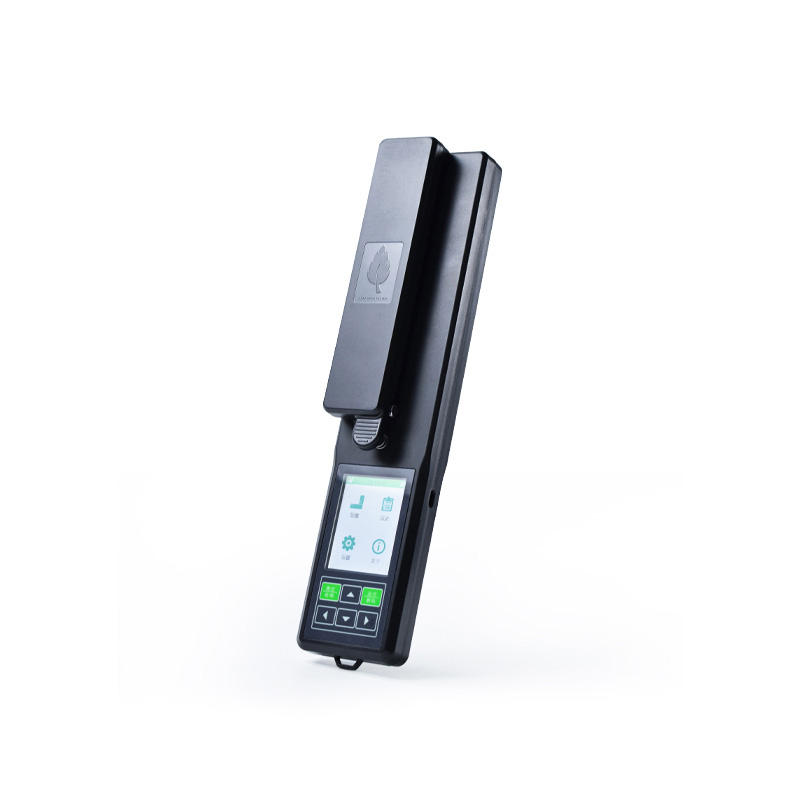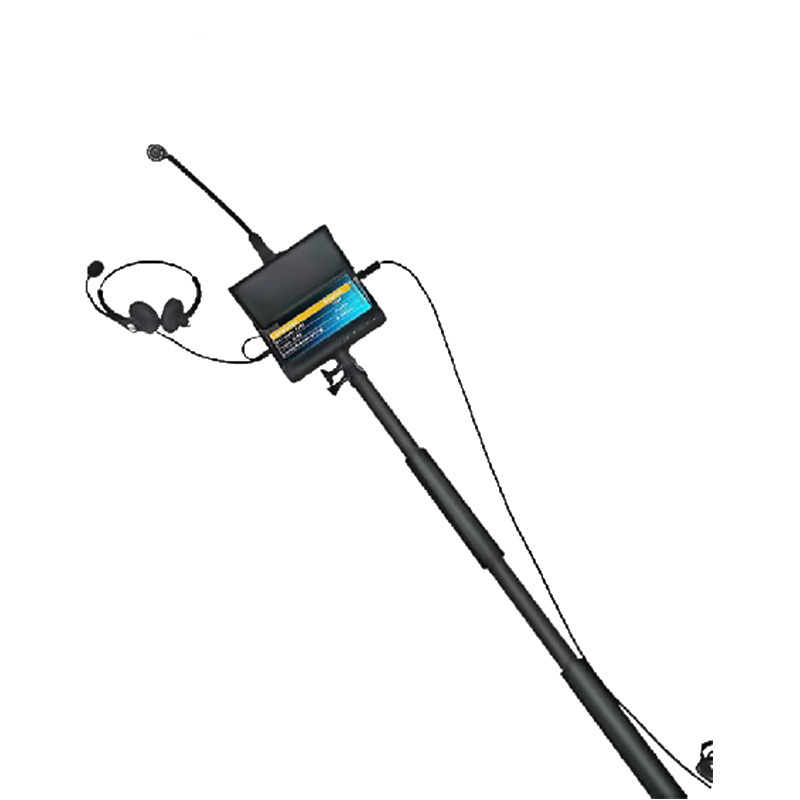Water flow velocity is very important for hydrological monitoring, and understanding its pattern of change helps river management, prevents flooding, protects safety and ecology, and promotes the sustainable use of water resources.
The radar flow velocity monitoring system utilises advanced Doppler radar sensor technology and is capable of measuring the surface flow velocity of fluids such as rivers, mud and sewage with high accuracy. The radar wave flow rate meter has the advantages of small size, light weight and low power consumption, and is equipped with the ability to resist sewage corrosion and sediment interference, ensuring the safety of operators.
The system is also compatible with a wide range of water level gauges, including radar-type water level gauges, to obtain water level information, which is essential for flow calculations.
The control unit is the brain of the system, which integrates the system controller, GPRS (4G) communication module, and flow calculation unit, and is responsible for communicating with the platform software, commanding the operation of the radar wave tachometer, collecting the water level data, executing the flow calculations, and being responsible for storing and transmitting the flow data.
The power supply unit, on the other hand, consists of solar panels (or utility power), solar controllers (or switching power supply), storage batteries, etc., to ensure stable operation of the system.
The platform software provides user rights management, site management, flow measurement calculation and data report and other functional modules, which is mainly responsible for the management of the site and the processing of flow measurement data, including related statistical analysis.
Popular science: radar flowmeters use the Doppler effect to measure the flow velocity on the surface of a fluid. In acoustics, when there is relative motion between the sound source and the receiver (e.g., the probe and reflector of a radar flowmeter), the frequency of the reflected sound wave will change, and this change is called the frequency shift, or the Doppler effect. When a radar tachometer is moving with velocity V relative to a body of water, the frequency of the electromagnetic wave it receives will be different from the frequency it emits, and this frequency difference is the Doppler shift. By analysing this frequency shift in relation to the velocity V, the flow velocity at the surface of the fluid can be calculated.

This paper addresses:https://fengtusz.com/industry/292.html









